Are you passionate about farming and agricultural history? These are the must-visit agriculture museums in Spain:
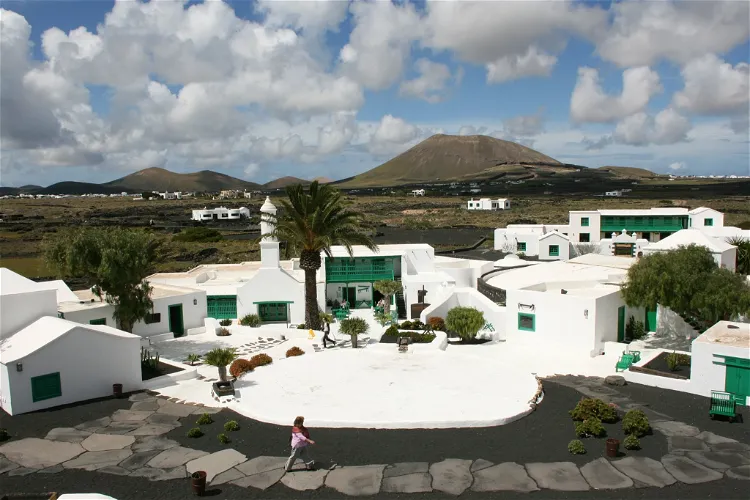
Monument to the Peasant
San BartoloméCreated by César Manrique, this monument and museum pay tribute to Lanzarote's agriculture. It celebrates the fact that despite the island's unfavorable environment, farmers are still able to produce world-renowned products including for instance wine.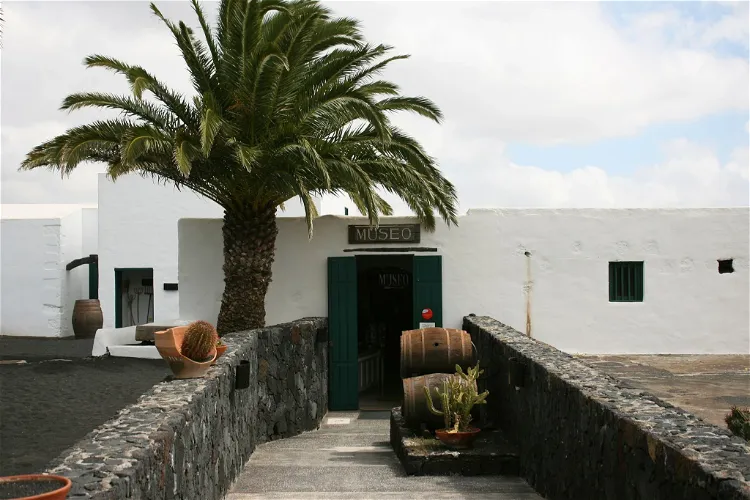
El Grifo Museum
San BartoloméPopular museum of wine is adjacent to the real production and vineyards. See how the wine is made and taste the local varieties.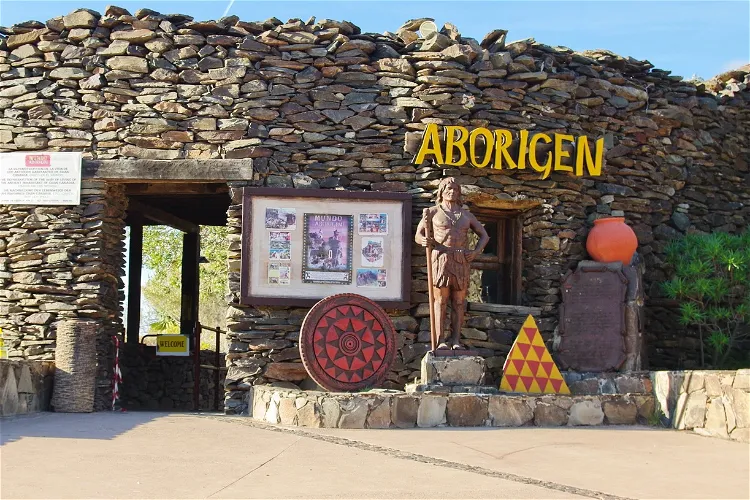
Mundo Aborigen
Las Palmas de Gran CanariaMundo Aborigen is an archaeological open-air museum situated in the municipality of San Bartolomé de Tirajana on the island of Gran Canaria, in the Spanish province of Las Palmas. This location offers a unique opportunity to explore the rich history and culture of the region.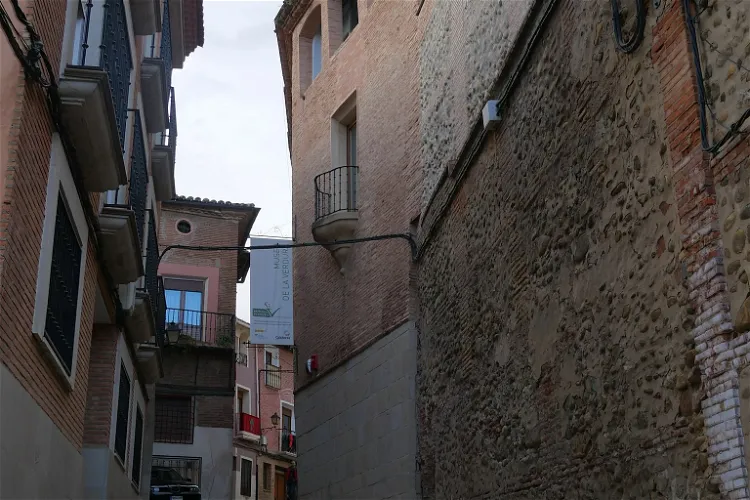
Vegetable Museum
CalahorraThe Vegetable Museum in Calahorra, La Rioja Province, Spain, offers an interactive experience focused on the production, distribution, trade, and consumption of vegetables. This unique museum provides a comprehensive insight into the agricultural practices and the importance of vegetables in the region.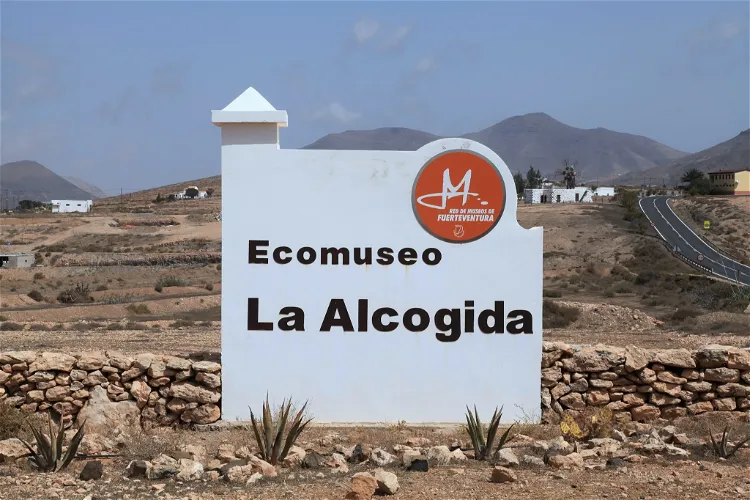
La Alcogida Ecomuseum
Puerto del RosarioAn open-air museum with seven restored houses. You can witness all of the "old life" here - from farming to crafts.
Catalan Wine Cultures Museum
Vilafranca del PenedèsThe Catalan Wine Cultures Museum, also known as VINSEUM, is situated in an ancient palace that once belonged to the kings of the Crown of Aragon. This historic building is located in the Jaume I square in Vilafranca del Penedès, a town in Barcelona, Spain. The museum's location adds a touch of historical significance to the overall experience of the visitors.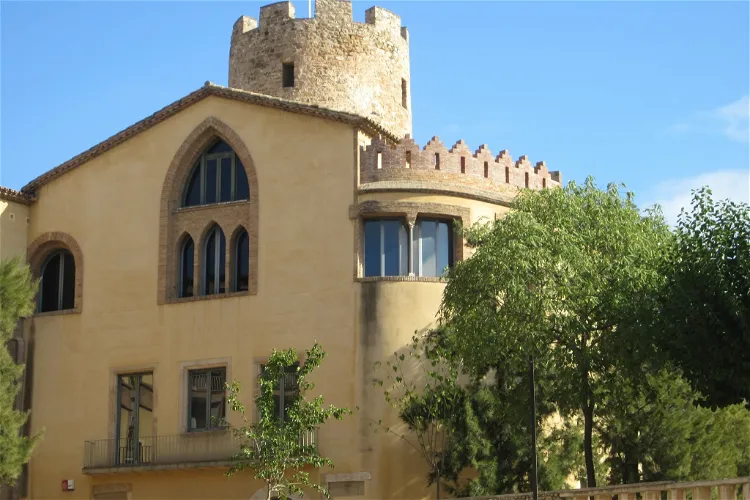
Balldovina Tower Museum
Santa Coloma de GramenetThe Balldovina Tower Museum in Santa Coloma de Gramanet is a multidisciplinary local museum. Its main objective is to protect, conserve, study, and disseminate the cultural and natural heritage of the territory. The museum collaborates with both public and private entities of the city to achieve these goals.
Centro de Interpretación Olivar y Aceite
ÚbedaThe Centro de Interpretación Olivar y Aceite is a unique tourist and museum center located in the historic Casa de la Tercia building in Úbeda, in the province of Jaén. The center is dedicated to the dissemination of virgin olive oil, a product deeply rooted in the culture and economy of the region. Visitors can learn about the history, production, and uses of this valuable product in a beautiful and historic setting.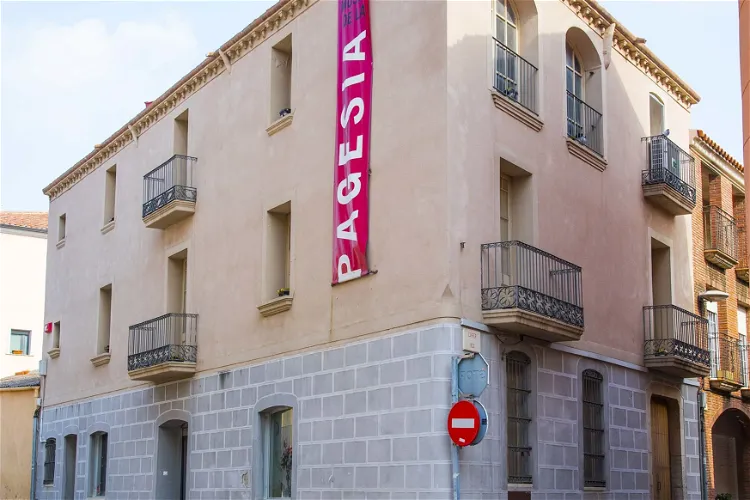
Museu de la Pagesia
CastellbisbalThe Museu de la Pagesia in Castellbisbal, located in the Vallés Occidental region, is dedicated to the preservation and promotion of the local cultural heritage related to the agricultural world. This museum provides a unique opportunity for visitors to delve into the rich agricultural history of the region and understand its impact on the local culture.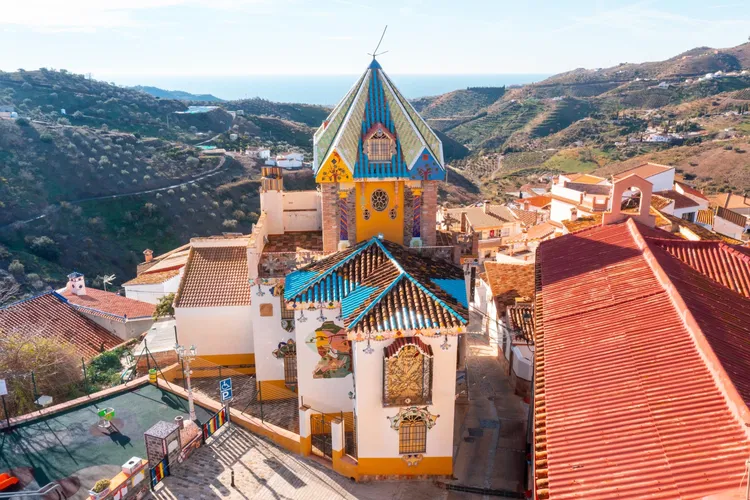
Axarquia House Museum
MoclinejoThe house is a real gem! With a modernist design, the "Axarquía House Museum" houses an extensive ethnographic collection. It is a unique and striking five story building constructed mainly from demolition materials from other old houses that fell in disrepair, and with a colorful roof toppe
Hacienda Guzmán
La RinconadaHacienda Guzmán is a significant historical site located in La Rinconada, Sevilla, Spain. This olive estate, dating back to the 16th century, spans an impressive 400 hectares. The vast expanse of the estate offers visitors a chance to explore and appreciate the rich history and natural beauty of the region.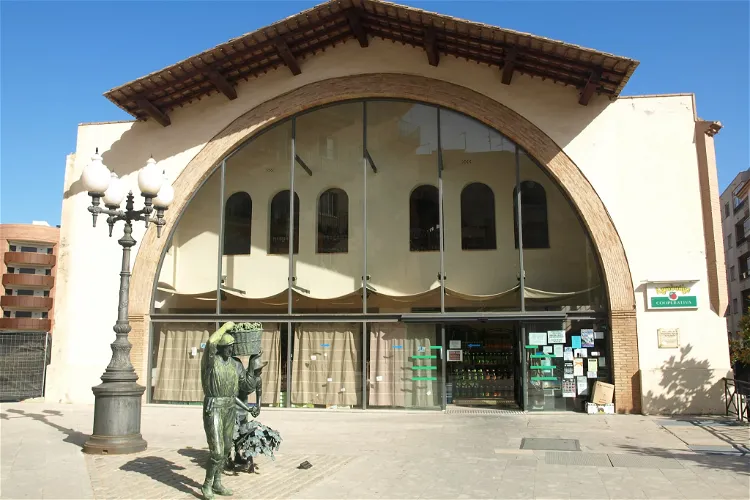
Cambrils Agricultural Museum
CambrilsThe Cambrils Agricultural Museum, previously known as the Agricultural Union Winery, is a significant site in the Spanish city of Cambrils. It is recognized in the Inventory of Architectural Heritage of Catalonia, which adds to its historical and cultural value. The museum is housed in a building that was once a cooperative winery, and it showcases the process of wine and olive oil production in its original context.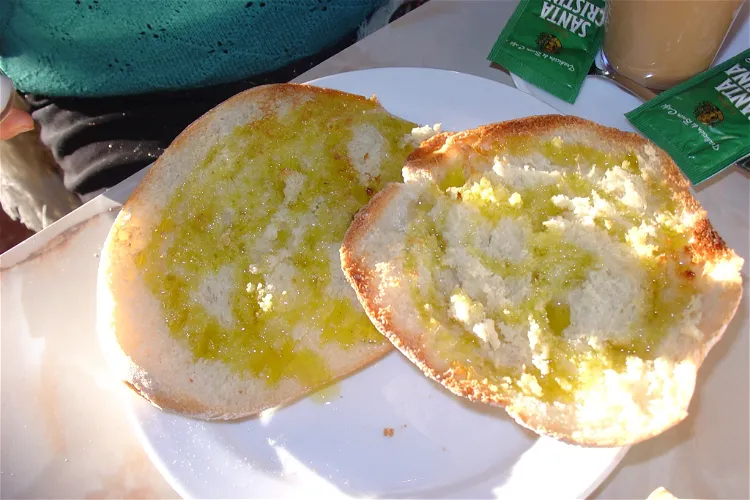
Hojiblanca Oil Museum
AntequeraThe Hojiblanca Oil Museum, situated in the historic city of Antequera in Malaga, Spain, is home to a vast collection of olive oil utensils. This museum provides a unique opportunity for visitors to delve into the rich history and tradition of olive oil production in the region.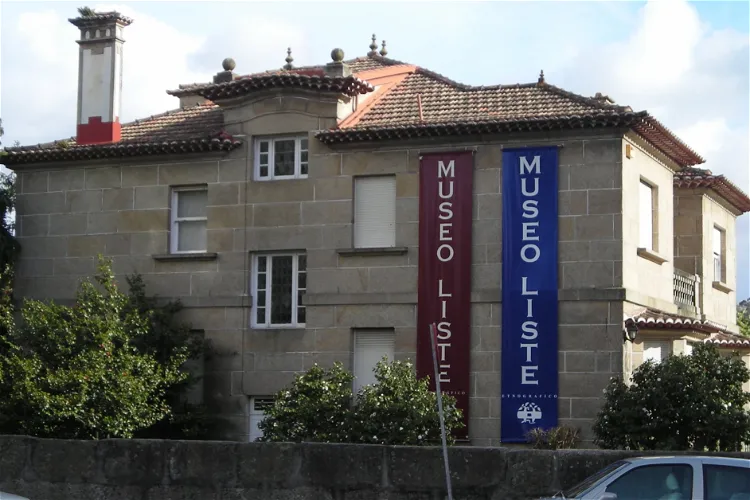
Liste Ethnographic Museum
VigoThe Liste Ethnographic Museum in Vigo is home to a vast collection of over 2,000 pieces that represent the material and spiritual culture of Galicia. This collection provides a comprehensive overview of the Galician heritage, including the artisanal trades, many of which are no longer in existence, traditional agricultural work, and numerous examples of religion and popular medicine. This museum offers a unique opportunity to delve into the rich cultural history of Galicia.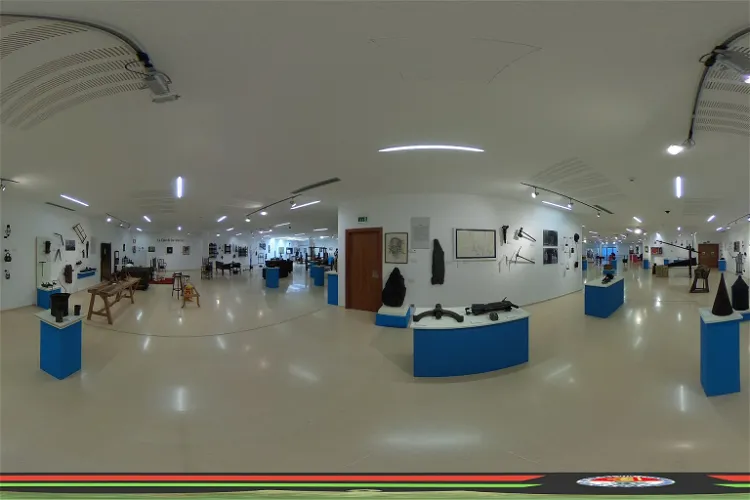
Alto Bierzo Museum
BembibreThe Alto Bierzo Museum, located in Bembibre, Castilla y León, Spain, was established on June 26, 1987. The museum's mission is to showcase the historical heritage of Alto Bierzo, including traditional customs, domestic and agricultural tasks, and various trades and crafts. It houses a wide range of materials, including archaeological, historical, and ethnographic items, all related to Alto Bierzo and its sphere of influence. The museum is dedicated to promoting the knowledge, study, and dissemination of these materials.
Caserío-Museo Igartubeiti
Ezquioga-IchasoThe Caserío-Museo Igartubeiti is a unique museum space located in the Guipuzcoan locality of Ezkio, in the Basque Country, Spain. It comprises of the homestead of the same name and an Interpretation Center. This museum complex is centered around the Igartubeiti farmhouse and its constructive and functional characteristics, providing a deep insight into the rural Basque lifestyle and the cider production process.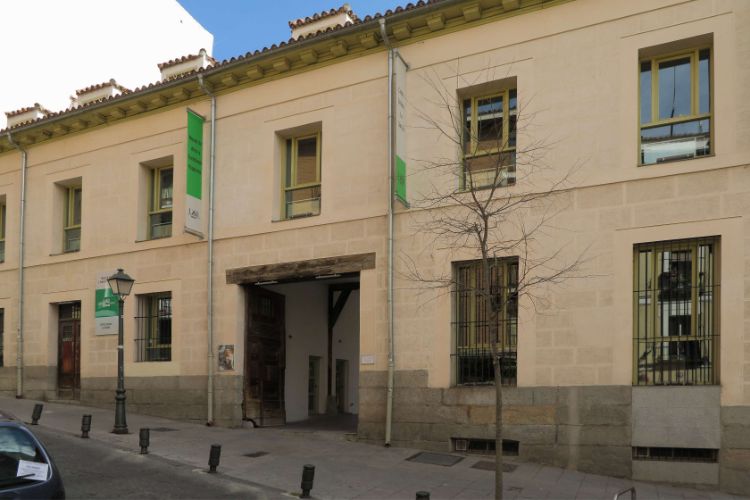
Corrala Cultural Center - Museum of Popular Arts and Traditions
MadridThe Corrala Cultural Center is home to the Museum of Popular Arts and Traditions. The museum's collection contains more than 8,000 pieces from all over Spain, from musical instruments and handicrafts to dresses or farming tools.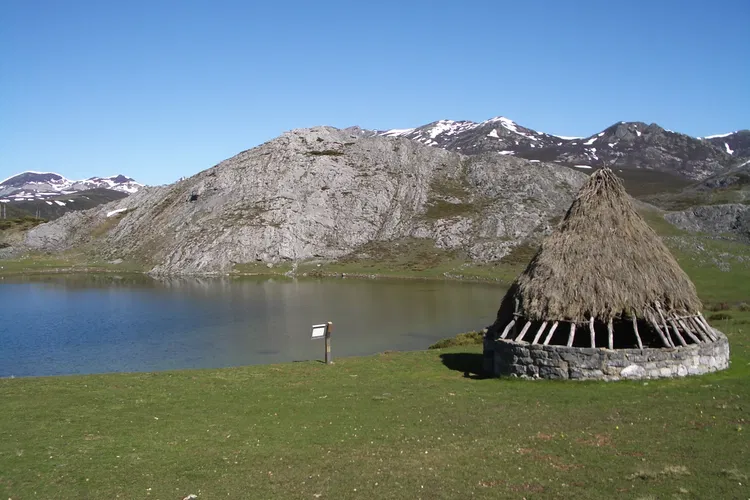
Livestock crush
RiañoA potro de herrar is a structure traditionally used in rural Spain to hold horses, donkeys, or even cows in place for shoeing or treatment. This structure is typically composed of four vertical posts made of stone or wood, supporting wooden beams that allow the animals to be properly tied. The various parts of the potro include a yoke with straps for the animal's neck, hooks for the straps or cords that pass under the animal's belly, and a lever that is passed in front of the hind legs under the belly of the animal and is fitted on both sides to the rear posts.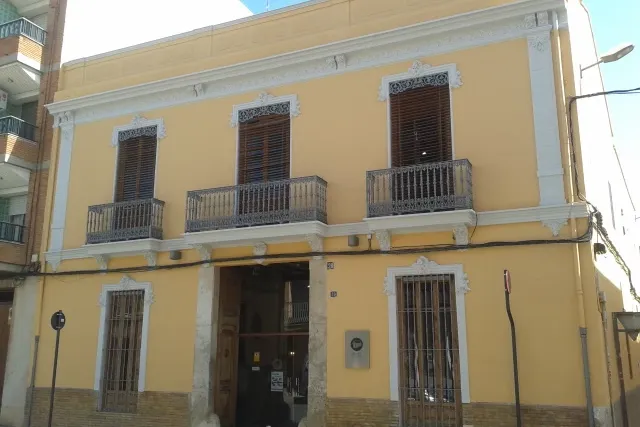
Regional Museum of L'Horta Sud
TorrenteThe Regional Museum of L'Horta Sud, also known as "José Ferris March", is situated in the city of Torrente, which is in the Province of Valencia, Spain. This museum is a hub for the conservation, dissemination, research, and exhibition of the traditional cultural heritage of the Huerta Sur region.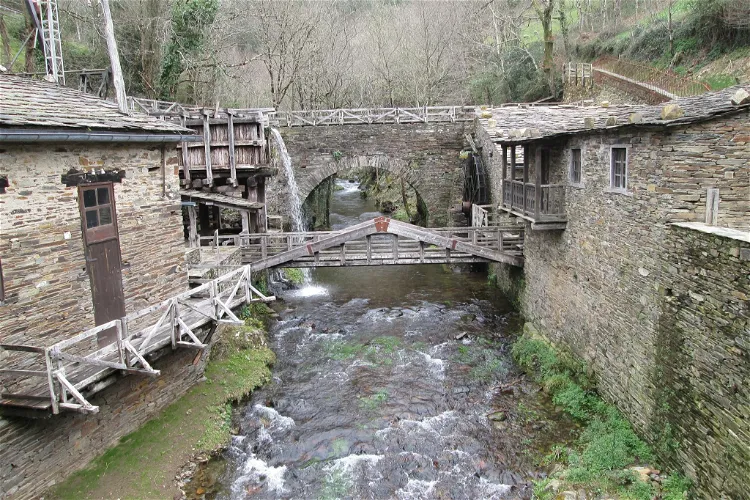
Mazonovo Ethnographic Ensemble
Santa Eulalia de OscosMazonovo, once a town, is now a museum located in the municipality of Taramundi, Asturias, Spain. This transformation from a town to a museum is a testament to the rich history and cultural heritage of the region. Visitors can explore the museum to learn about the area's past and its connection to the iron products' region of the Oscos - Eo rivers.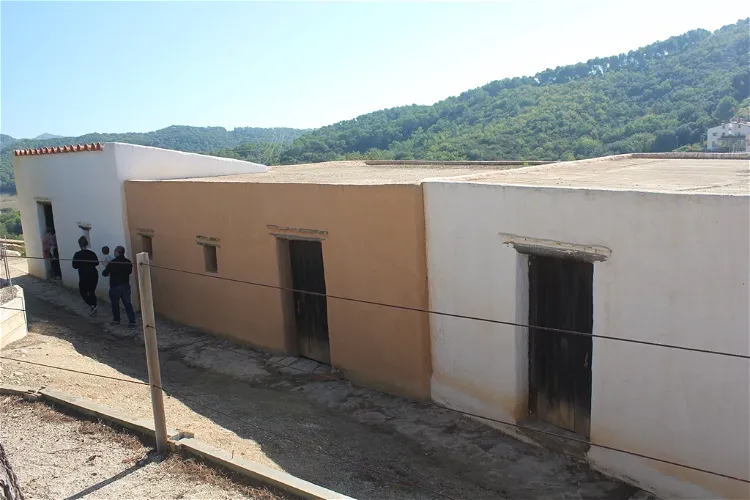
Ca n'Oliver Iberian Settlement and Museum
Cerdanyola del VallésThe Iberian settlement of Can Oliver, declared a Cultural Heritage of National Interest in 2017, is a significant archaeological site located in the Collserola mountain range. It is situated in the territory formerly known as Layetania, which is now part of the municipality of Sardañola del Vallés, specifically in the Montflorit neighborhood. This strategic location offers a panoramic view of the Vallés plain.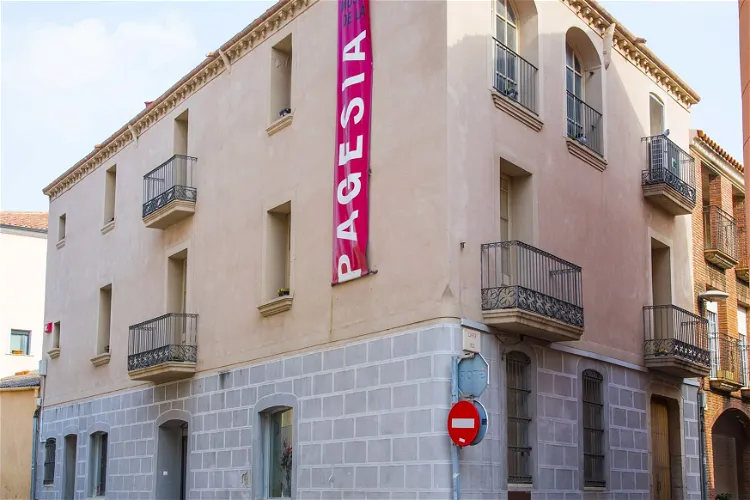
Farming Museum
Fogars de la SelvaThe Museo de la Payesía, located in Castellbisbal, is dedicated to the preservation and dissemination of the local cultural heritage associated with the agricultural world. This museum provides a panoramic view of the agricultural tradition of the population, field work, and the social structure of the rural world.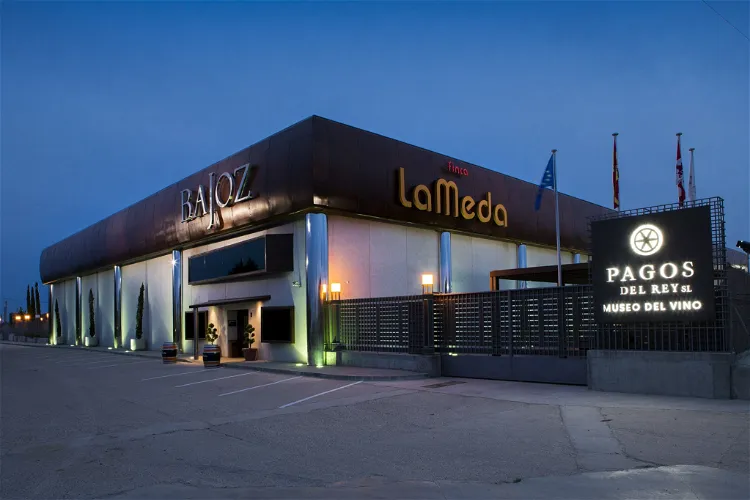
Pagos del Rey Wine Museum
Morales de ToroThe Pagos del Rey Wine Museum is a wine museum situated in Morales de Toro, Zamora. It is dedicated to the promotion and dissemination of the culture, history, and tradition of wine. The museum is an excellent place for wine enthusiasts and those interested in learning more about the rich history and tradition of wine production.
Museo de Artes y Costumbres Populares
BegíjarThe Museo de Artes y Costumbres Populares de Begíjar is situated in the historic center of the municipality of Begíjar, in the province of Jaén, Spain. This location is part of the cultural heritage declared by the Junta de Andalucía with integral protection. The museum is dedicated to the research, dissemination, and conservation of historical and anthropological heritage, from the perspective of social processes and respect for cultural diversity.
Almazara del Conde
Sot de CheraLa Almazara del Conde is a unique thematic museum located in the picturesque town of Sot de Chera in Valencia, Spain. The museum offers visitors an opportunity to observe the different stages of traditional oil production. This includes the use of traditional machinery and tools from the early 20th century, providing a glimpse into the rich history and culture of oil production in the region.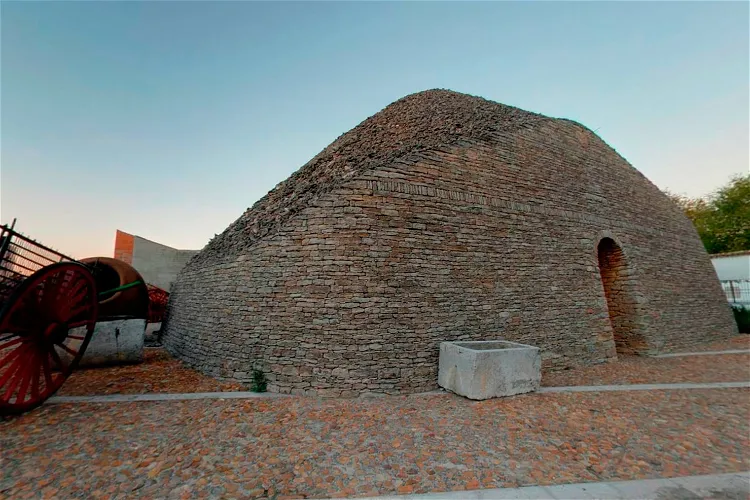
Wagon and Farm Tools Museum
TomellosoEstablished in the 1960s, the Wagon and Farm Tools Museum boasts a collection of over 400 objects that depict the agricultural and domestic life of the past. The collection includes graphic and photographic documents, providing a comprehensive view of the region's history.- 27
Paprika Museum
Jaraíz de la VeraThe Paprika Museum in Jaraíz de la Vera, Spain, is a member of the Network of Identity Museums of Extremadura. The museum's primary goal is to spread awareness about the 'red gold' that is produced in the Vera region, located in the province of Cáceres. Visitors can learn about the production process, the formation of the Paprika of Vera's Denomination of Origin, and the tools used to grind the peppers and obtain the precious spice. - 28
Raisin Museum
AlmácharSmall museum presenting the story of grapes being turned into raisins. There are traditional tools and photos on display. - 29
Casa de la Apicultura
BoalLa Casa de la Apicultura is a unique museum dedicated to beekeeping, located in the Asturian council of Boal. More specifically, it is situated in the town of Los Mazos, which is approximately 2 km from the municipal capital. To reach the museum, visitors can take the AS-12 road towards Navia. - 30
Honey Museum of Malaga
ColmenarEl museo de la Miel, or the Honey Museum, is situated in the charming town of Colmenar, nestled in the province of Málaga, Spain. This location offers visitors a chance to explore the rich history and culture of the region, while also providing a unique insight into the world of beekeeping and honey production. - 31
Museo del Arroz de Valencia
ValenciaThe Museo del Arroz de Valencia (The Musuem of rice of Valencia) is a local cultural museum that is devoted to rice, the main part of the local cuisine. - 32
Museo Etnográfico de Ibiza
Dalt Vila - Old Town Ibiza CityMuseum opened in 1994. Contains a permanent exhibition of farming and fishing tools, clothing, jewelry and other. - 33
Museum of Beekeeping
CasoLa Casa de la Apicultura, or the House of Beekeeping, is a center for the dissemination and interpretation of beekeeping. It is located in the Asturian council of Boal, specifically in the town of Los Mazos. The museum is approximately 2 km from the municipal capital and can be reached by taking the AS-12 road towards Navia. - 34
Museo Arqueológico
Callosa de SeguraThe Museo de Historia de la Ciudad en Callosa de Segura, located in the province of Alicante, Spain, is housed in a historic building that was once the municipal slaughterhouse, constructed in 1929. This unique location adds a layer of historical significance to the museum, making it an interesting destination for those interested in architecture and history.